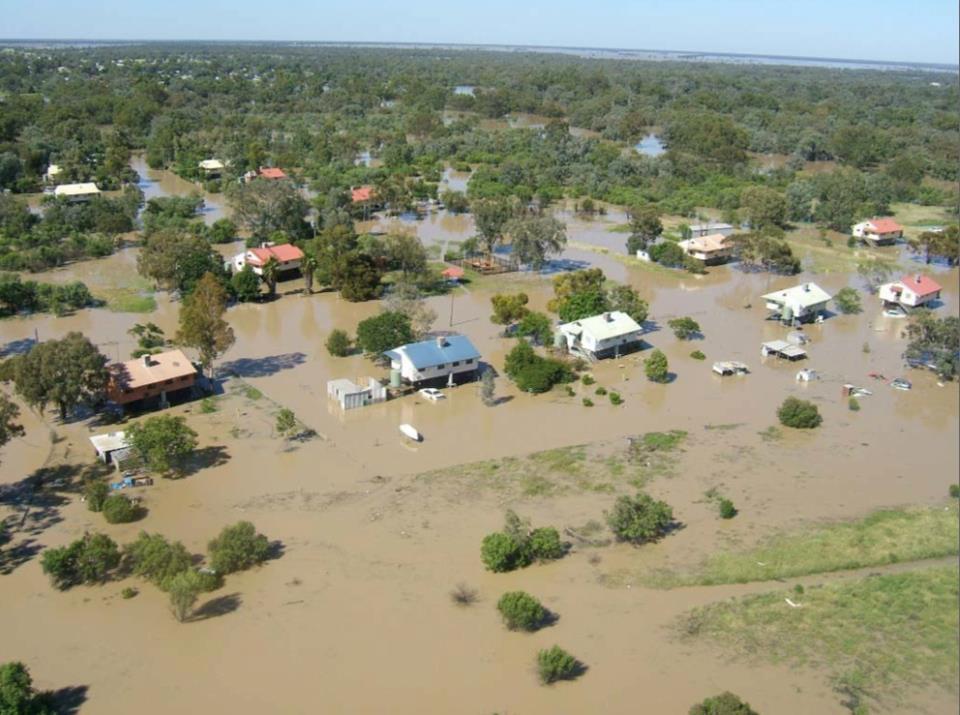
PUBLICATIONS
Published works

Towards operational SAR-based flood mapping using neuro-fuzzy texture-based approaches
| Title | Towards operational SAR-based flood mapping using neuro-fuzzy texture-based approaches |
| Publication Type | Journal Article |
| Year of Publication | 2018 |
| Authors | Dasgupta, A, Grimaldi, S, Ramsankaran, RAAJ, Pauwels, V, Walker, J |
| Journal | Remote Sensing of Environment |
| Volume | 215 |
| Pagination | 313-329 |
| Date Published | 09/2018 |
| Keywords | ANFIS, COSMO-SkyMed, Flood extent, Flood mapping, GLCM, Neuro-fuzzy classification, SAR, Texture optimization |
| Abstract | Synthetic Aperture Radar (SAR) data are currently the most reliable resource for flood monitoring, though still subject to various uncertainties, which can be objectively represented with probabilistic flood maps. Moreover, the growing number of SAR satellites has increased the likelihood of observing a flood event from space through at least a single SAR image, but generalized methods for flood classification independent of sensor characteristics need to be developed, to fully utilize these images for disaster management. Consequently, a neuro-fuzzy flood mapping technique is proposed for texture-enhanced single SAR images. Accordingly, any SAR image is first processed to generate second-order statistical textures, which are subsequently optimized using a dimensionality reduction technique. The flood and non-flood classes are then modelled within a fuzzy inference system using Gaussian curves. Parameterization is achieved by training a neural network on the image through user-defined polygons. The results of the optimized texture-based neuro-fuzzy classification were compared against the performance of the SAR image alone and that of SAR enhanced with randomly selected texture features. This approach was tested for a COSMO-SkyMed SAR image at two validation sites, for which high resolution aerial photographs were available. An overall accuracy assessment using reliability diagrams demonstrated a reduction of 54.2% in the Weighted Root Mean Squared Error (WRMSE) values compared to the stand-alone use of SAR. WRMSE values estimated for the proposed method varied from 0.027 to 0.196. A fuzzy validation exercise was also proposed to account for the uncertainty in manual flood identification from aerial photography, resulting in fuzzy spatial similarity values ranging from 0.67 to 0.92, with higher values representing better performance. Results suggest that the proposed approach has demonstrated potential to improve operational SAR-based flood mapping. |
| URL | https://www.sciencedirect.com/science/article/abs/pii/S0034425718302979?via%3Dihub |
| DOI | 10.1016/j.rse.2018.06.019 |
| Refereed Designation | Refereed |
Published Works


